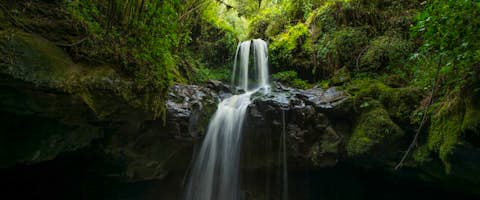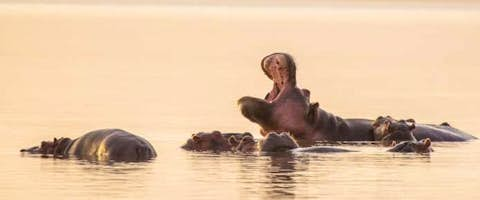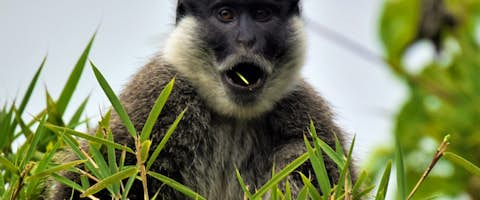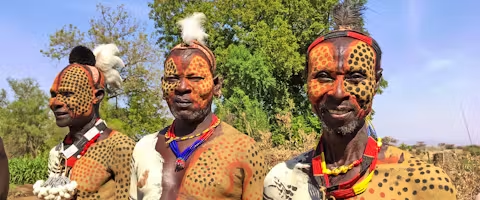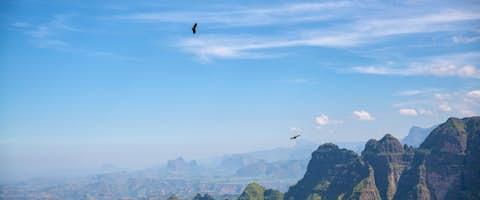Lake Awassa
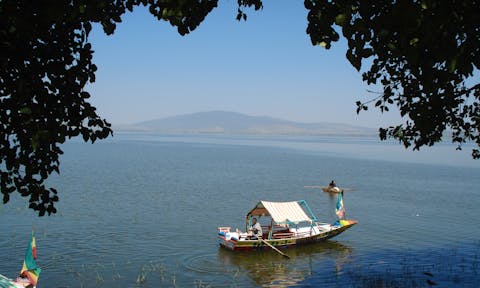
Lake Awassa is home to one of the biggest population of hippos in the country. As the day draws to an end and coral hues reflect across the lake, join us as the next boat sets off …







